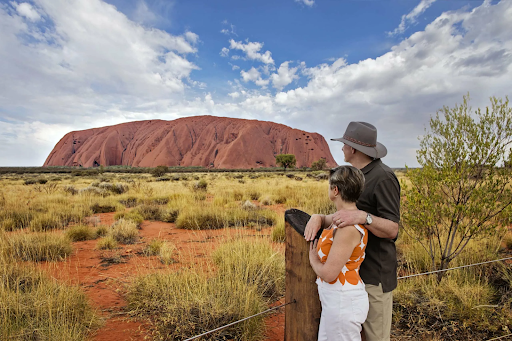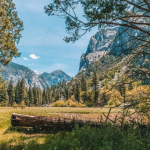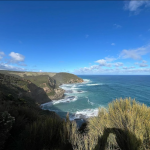Nestled in the remote beauty of Australia’s Red Centre, Uluru stands as a timeless monument, surrounded by the windswept plains and fiery hues of the outback. This Uluru travel guide will reveal how to tackle a visit to this majestic monolith, also known as Ayers Rock, with practical tips and insights to make the experience unforgettable. From the sacred stories etched into its surface to the surrounding desert’s natural wonders, Uluru beckons travelers seeking connection, adventure, and awe. Understanding the profound cultural significance of Uluru to the Anangu people is as important as packing your sunscreen; both will protect the foundations of a journey that speaks to both the past and present of this ancient land.
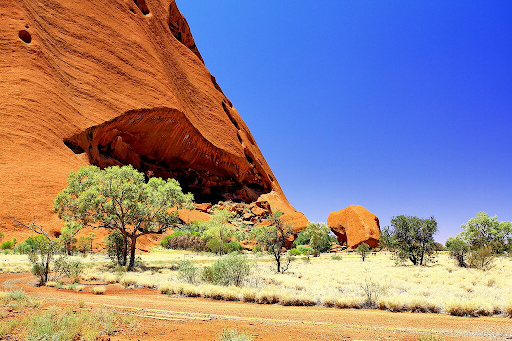
Preparing for Your Journey to Uluru
Travelling to Uluru is an adventure that requires thoughtful preparation. The best time to visit this iconic landmark is during the cooler months from May to September, when the desert heat is more bearable. Visitors can embark on a 3-day Uluru tour from Alice Springs, which is the nearest town and a common starting point for many travelers. When considering transportation options, remember that while some prefer to drive, others may opt for a bus or organized tour to ease their travel challenges. Accommodation can range from luxurious resorts to camping under the stars, catering to all preferences and budgets. Packing for Uluru is all about comfort and practicality, including sturdy walking shoes, light layers for fluctuating temperatures, a hat, sunglasses, and protection against the strong Australian sun.
Experiencing Uluru: A Journey Through Ancient Landscapes
Uluru is not just a tourist destination; it’s a spiritual and cultural pilgrimage. The Anangu people have lived in the area for tens of thousands of years, and they consider Uluru to be a living cultural landscape. Engaging with this sacred site involves respecting its cultural protocols and understanding its significance. As you walk around Uluru’s massive base—a walk covering about 10 kilometers—you will see ancient rock art and natural features that each tell part of the Anangu’s rich history. The nearby Kata Tjuta formations, also known as the Olgas, provide a spectacular secondary site to explore, with valleys and domes that continue to erode and change over time, just as they have for millennia.
Must-See Attractions Around Uluru
Any visit to Uluru would be incomplete without experiencing the incredible attractions in the area. Walking around the base is the most personal way to appreciate the rock’s grandeur, with several points of interest marked along the way. The Cultural Centre offers a comprehensive understanding of the area’s indigenous heritage through exhibits and artworks. After the sun sets, the Field of Light—an installation of thousands of glass spheres—casts a gentle glow over the desert, creating an otherworldly experience against the dark sky. Meanwhile, Kata Tjuta demands attention with larger-than-life rock formations set within a captivating landscape, best explored through the Valley of the Winds walk.
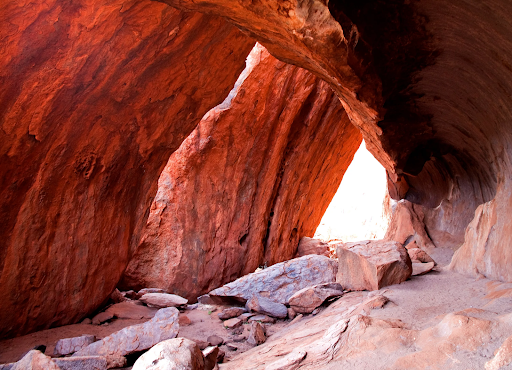
Guided Tours and Unique Experiences
For those looking to enrich their Uluru experience, guided tours offer insights and access to areas that would otherwise be overlooked. The following is a list of unique experiences available:
- Sunrise and sunset viewings that provide incredible photographic opportunities with the changing light.
- Camel tours that allow you to see the desert from a traditional and leisurely vantage point.
- Helicopter rides for panoramic views of the region and hot air balloon trips for a serene desert perspective.
- Stargazing excursions where the clear outback sky reveals constellations and stars beyond city imaginings.
Respect and Responsibility: Visiting Uluru Sustainably
When visiting a place as culturally and environmentally sensitive as Uluru, travelers must tread lightly. Respecting the Anangu’s wishes means no climbing Uluru and sticking to designated paths to preserve the rock’s natural state. Eco-friendly practices such as carrying out all waste and using water sparingly are imperative. Additionally, supporting local Indigenous businesses contributes to sustainable tourism and offers a chance to engage with authentic Aboriginal art and crafts.
Dining Options and Local Cuisine
The dining scene around Uluru provides an array of options that cater to various tastes and budgets. Traditional bush tucker experiences give a taste of local flavors, incorporating native Australian ingredients. Meanwhile, upscale dining options offer exquisite menus set against the backdrop of Uluru.
| Establishment Type | Price Range | Cuisine |
|---|---|---|
| Bush Tucker Tours | Moderate | Indigenous Australian |
| Resort Dining | Luxury | International/Australian |
| Outback BBQ | Budget | Australian Grill |
Tips for a Memorable Uluru Adventure
With a destination as striking as Uluru, it’s easy for the memories to capture themselves, but a few tips can ensure your adventure is as vibrant as the Red Centre itself. Photographers can scout the best viewpoints during the day before returning for the golden hour. Safety-wise, never underestimate the outback’s extreme conditions; always carry water and inform others of your travel plans. Despite the remote location, staying connected is possible with Wi-Fi available in resorts and some camping areas, though connections can be intermittent.
A Few Traveler Etiquette Reminders
The ethos of traveling to Uluru should encompass respect and consideration at every turn. Respecting the local customs means adhering to rules regarding sacred sites and photography restrictions. Practicing ‘Leave No Trace’ principles keeps the landscape pristine for future visitors. And when encountering wildlife, maintain a safe distance for both your safety and the well-being of the animals.
Here are some key guidelines to follow:
- Respect the cultural landmarks and follow all signage related to sacred sites and photography.
- Adhere to ‘Leave No Trace’ principles by taking all rubbish with you and staying on designated tracks.
- Observe wildlife from afar to avoid disturbing their natural habitat and behaviors.
